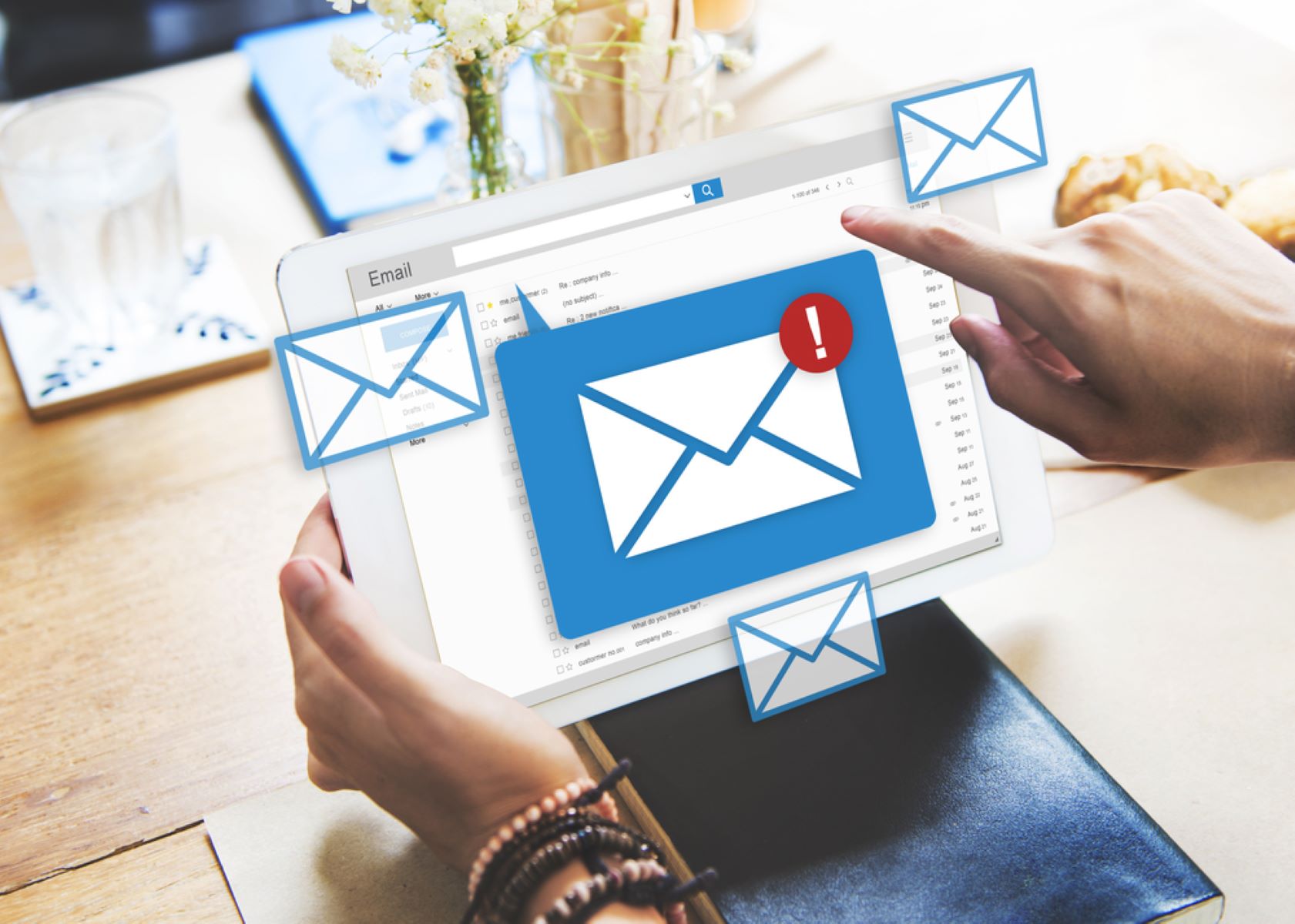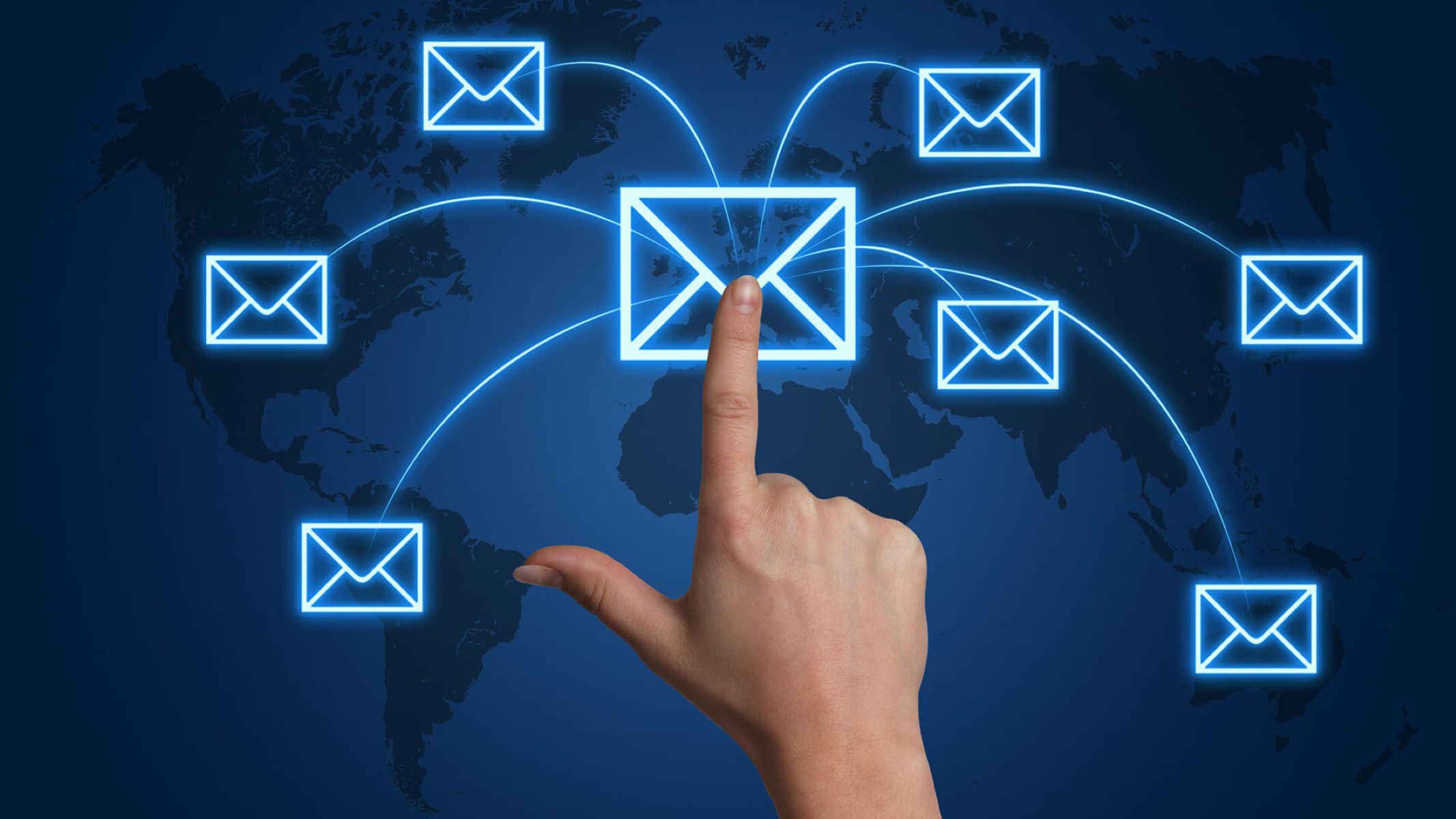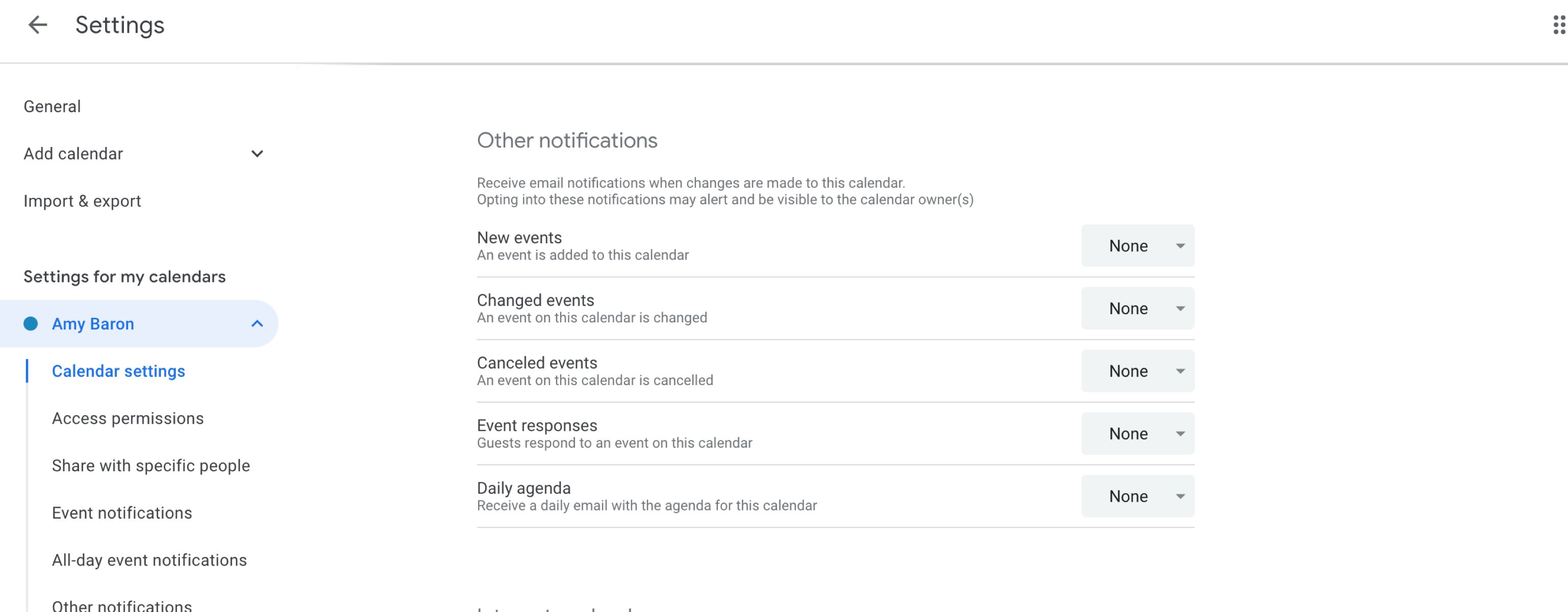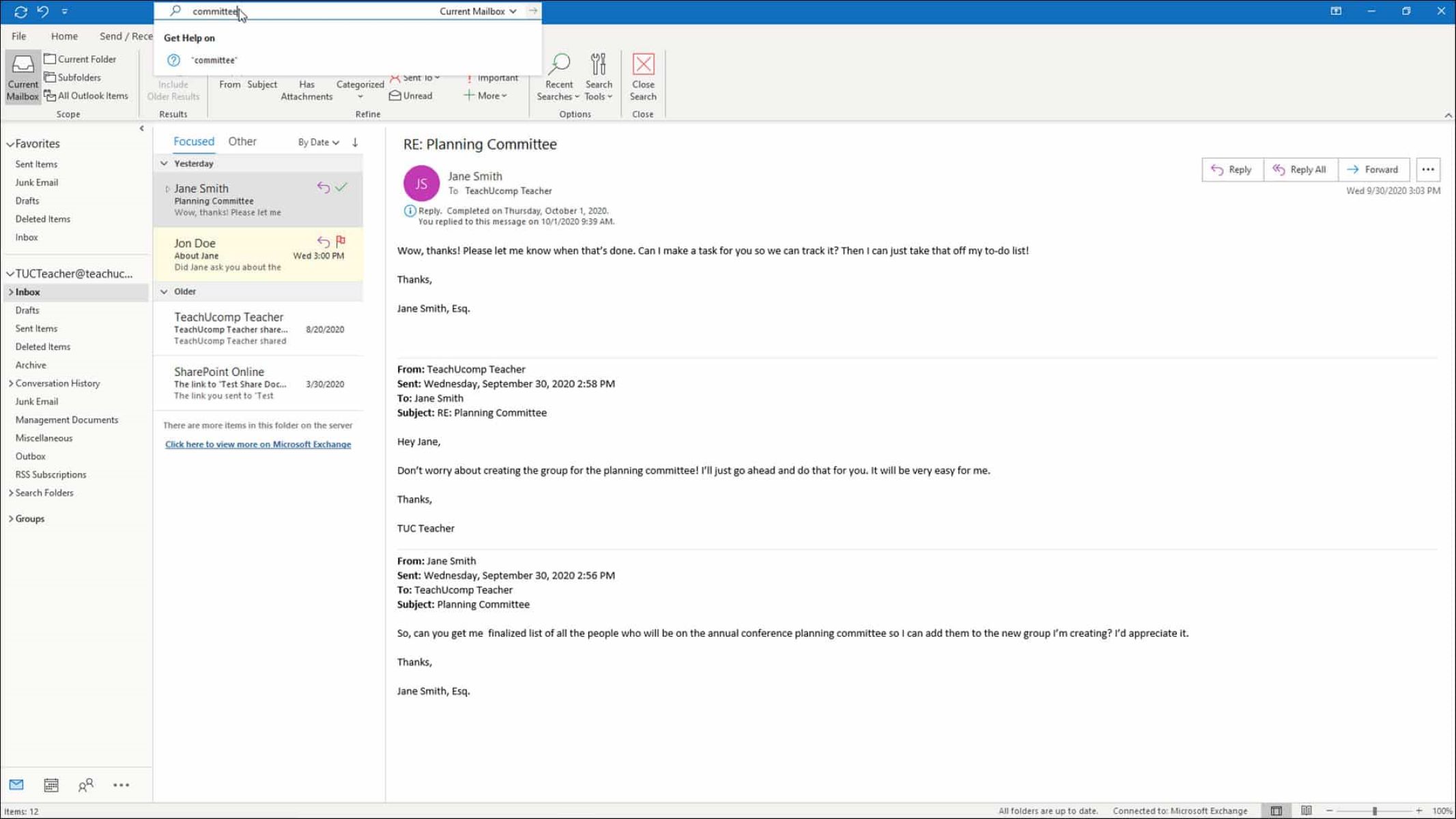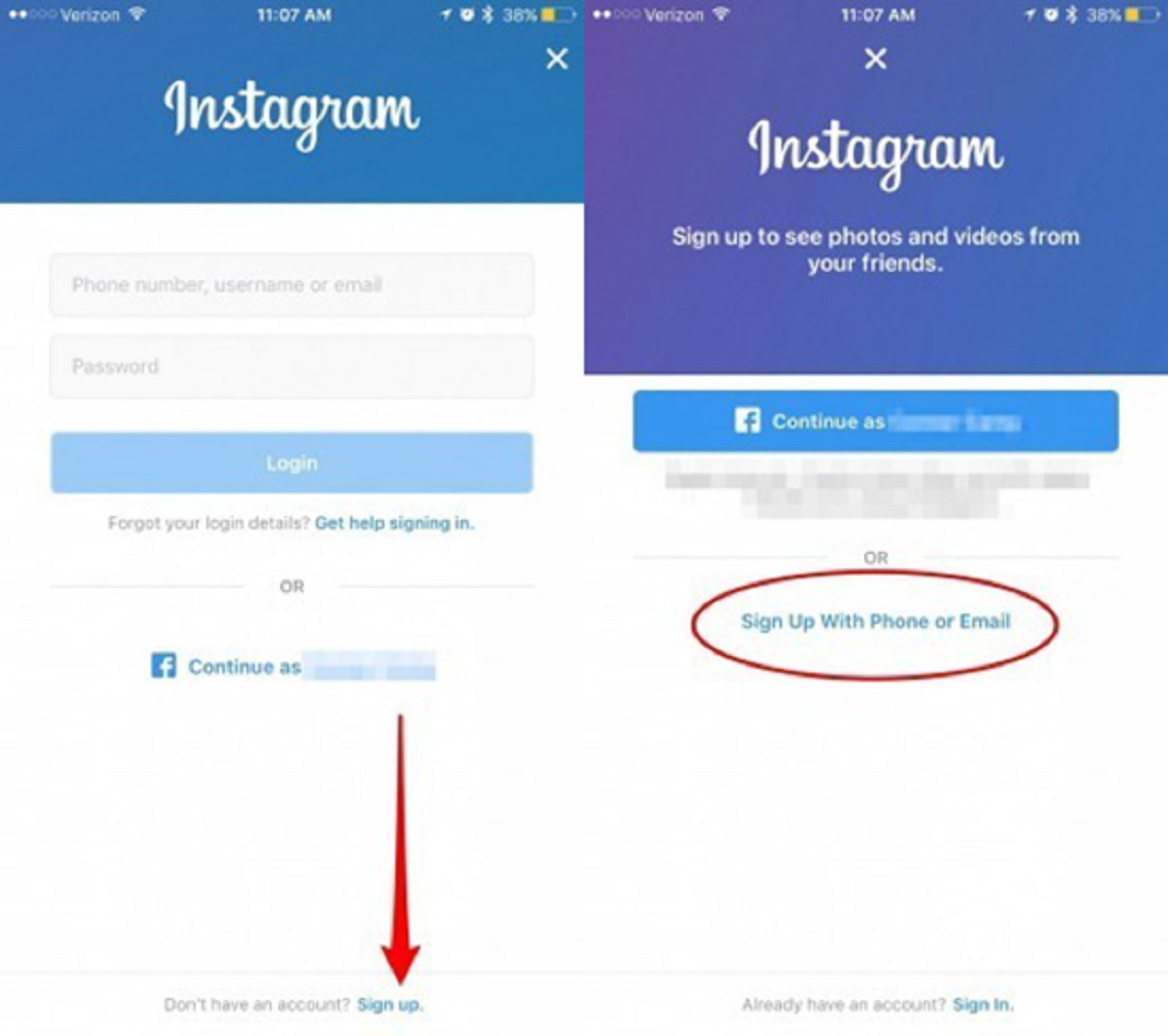Why the sign-off matters in professional emails
When it comes to professional emails, the sign-off may seem like a minor detail, but it can actually make a significant impact on how your message is perceived by the recipient. The sign-off serves as the final impression you leave on the reader, and a well-chosen one can convey professionalism, courtesy, and respect.
Firstly, a proper sign-off helps to establish a sense of professionalism and credibility. It shows that you value and respect the recipient’s time and effort in reading your email. It indicates that you have taken the time to consider how to appropriately conclude your message, rather than simply ending it abruptly. By using a professional sign-off, you demonstrate that you understand proper email etiquette and are committed to maintaining a professional image.
Furthermore, the sign-off can help set the tone for future interactions. It can leave a lasting impression on the recipient and influence how they perceive and respond to your emails in the future. If you consistently use a professional and respectful sign-off, it can foster a positive relationship and open the doors for further collaboration and communication.
Additionally, the sign-off can contribute to the overall clarity and effectiveness of your email. By using an appropriate sign-off, you help ensure that your message is understood and interpreted correctly. It can help avoid any confusion or misinterpretation that may arise from a lack of closure or an ambiguous ending.
In summary, the sign-off in professional emails plays a crucial role in leaving a positive and lasting impression. It demonstrates professionalism, establishes credibility, sets the tone for future interactions, and enhances the overall clarity and effectiveness of your message. Therefore, it is essential to give careful thought to choosing the right sign-off for each email you send.
Finding the right tone
When it comes to choosing a sign-off for your professional emails, it’s important to consider the tone you want to convey. The right tone can make a significant difference in how your message is received by the recipient. Here are some tips to help you find the right tone for your sign-off:
- Consider the formality of the email: The level of formality in your email should guide your choice of sign-off. For more formal emails, such as those sent to clients or superiors, a more traditional and professional sign-off is appropriate. On the other hand, for semi-formal or casual emails to colleagues or acquaintances, you have more flexibility to choose a sign-off that reflects a friendly and approachable tone.
- Reflect the relationship with the recipient: Take into account the nature of your relationship with the recipient. If you have a longstanding professional relationship, you may opt for a more personal and warm sign-off. However, if you are corresponding with someone for the first time or have a more formal relationship, it’s best to stick to a more professional and respectful tone.
- Consider cultural factors: Keep in mind that cultural norms and expectations may vary when it comes to email etiquette. Some cultures place a stronger emphasis on formality and respect in business communication, while others may embrace a more casual and friendly tone. Familiarize yourself with the cultural background of your recipient and adjust your sign-off accordingly.
- Align with your personal brand: Your sign-off is an opportunity to reinforce your personal brand and showcase your professional identity. Consider what image you want to portray and choose a sign-off that aligns with your personal style and values. For example, if you want to be perceived as approachable and friendly, you might use a sign-off that includes a warm closing sentiment.
- Avoid ambiguity or misinterpretation: Be cautious of sign-offs that could be misinterpreted or seen as unprofessional. Sarcasm, humor, or overly personal statements may not always translate well in written communication. It’s important to strike a balance between being personable and maintaining a level of professionalism.
In summary, finding the right tone for your sign-off requires consideration of the formality of the email, the relationship with the recipient, cultural factors, and your personal brand. By choosing a sign-off that reflects these elements appropriately, you can effectively communicate your intended tone and maintain a positive and professional image in your email correspondence.
Tips for choosing a professional sign-off
Choosing a professional sign-off for your emails can sometimes be challenging, as you want to strike the right balance between professionalism and warmth. Here are some tips to help you select an appropriate and impactful sign-off:
- Consider the context: Tailor your sign-off to the specific context of your email. If you are requesting a favor or seeking assistance, a more polite and grateful sign-off can be appropriate. On the other hand, if you are providing information or giving an update, a concise and informative sign-off may be more suitable.
- Keep it concise: A short and simple sign-off is generally preferred in professional emails. Avoid using lengthy and elaborate signatures that may distract from the main content of your message. A brief and professional closing will keep the focus on the purpose of your email.
- Use your recipient’s name: Personalize your sign-off by including the recipient’s name whenever possible. This adds a personal touch and shows that you value the individual you are communicating with. Using their name also helps create a connection and builds rapport.
- Match the level of formality: Ensure that your sign-off aligns with the overall tone and formality of your email. For formal emails, stick to more traditional and professional sign-offs, such as “Sincerely” or “Regards.” For semi-formal or casual emails, you can opt for sign-offs like “Best” or “Thank you.”
- Consider the relationship: Take into account your relationship with the recipient when choosing a sign-off. If you have a close working relationship, you may use a more informal and friendly sign-off. However, when communicating with someone you have limited interaction with or someone in a higher position, it’s best to err on the side of formality.
- Proofread and double-check: Before finalizing your sign-off, ensure that it is free of spelling or grammatical errors. Mistakes in your closing can detract from your professionalism and attention to detail. Take a moment to proofread your email to maintain a polished and error-free communication.
In summary, choosing a professional sign-off requires considering the context, keeping it concise, using the recipient’s name, matching the level of formality, considering the relationship, and proofreading. By following these tips, you can select a sign-off that enhances your professional image and leaves a positive impression on the recipient.
Best sign-offs for formal emails
When it comes to formal emails, you want to choose a sign-off that conveys professionalism and respect. Here are some of the best sign-offs to consider for formal email communication:
- Sincerely: This is a classic and widely used sign-off for formal emails. It is appropriate for both initial and ongoing correspondence, as it conveys sincerity and professionalism.
- Regards: Another common sign-off for formal emails, “Regards” is a versatile option that can be used in various professional settings. It is both polite and professional, making it suitable for different levels of formality.
- Yours faithfully: This sign-off is typically used when you are starting an email with “Dear Sir/Madam” or when you don’t know the recipient’s name. It indicates respect and formality, especially when addressing someone you have never met.
- Yours truly: Similar to “Yours faithfully,” “Yours truly” is a formal sign-off that expresses sincerity and professionalism. It is commonly used in professional correspondence.
- Best regards: A slightly more casual version of “Regards,” “Best regards” is suitable for more friendly and less formal professional communication. It maintains a level of professionalism while still conveying a warm sentiment.
- Thank you: In certain situations, expressing gratitude in your sign-off can be appropriate, especially when the recipient has provided assistance or fulfilled a request in the email. “Thank you” is a gracious way to show appreciation and maintain professionalism.
Remember, when choosing a sign-off for formal emails, it’s important to consider the context, level of formality, and your relationship with the recipient. Select a sign-off that reflects professionalism, while also conveying your appreciation and respect for the recipient.
Best sign-offs for semi-formal emails
Semi-formal emails offer a bit more flexibility in choosing a sign-off that balances professionalism with a friendly tone. Here are some of the best sign-offs to consider for semi-formal email communication:
- Best: Short and simple, “Best” is a popular sign-off for semi-formal emails. It is a versatile option that can be used in various professional settings and establishes a friendly yet respectful tone.
- Kind regards: This sign-off is a polite and warm alternative to “Regards” that works well in semi-formal emails. It conveys friendliness and shows respect for the recipient.
- Warm regards: With a slightly more personal touch, “Warm regards” is a friendly and warm sign-off that is suitable for semi-formal emails. It balances professionalism with a hint of personal connection.
- Many thanks: When expressing gratitude in semi-formal emails, “Many thanks” is a suitable sign-off. It acknowledges the recipient’s assistance or cooperation while maintaining a professional tone.
- Take care: For emails with a closer working relationship, “Take care” is a sign-off that conveys warmth and consideration. It can be used in semi-formal emails and is appropriate when you have a more personal connection with the recipient.
- Looking forward to hearing from you: This sign-off expresses anticipation for future communication and is commonly used when you expect a response or further discussion. It maintains a friendly and engaged tone in semi-formal emails.
Remember to adapt your sign-off to the level of formality and the relationship you have with the recipient. Semi-formal emails allow for a more friendly approach, but it’s still important to maintain professionalism and respect in your communication.
Best sign-offs for casual emails
Casual emails provide more freedom to choose sign-offs that reflect a relaxed and informal tone. Here are some of the best sign-offs to consider for casual email communication:
- Thanks: This simple and concise sign-off works well for casual emails when you want to express gratitude or appreciation. It maintains a friendly tone without being overly formal.
- Take care: A versatile sign-off, “Take care” conveys warmth and concern for the recipient’s well-being. It is a friendly way to close a casual email and shows that you value their welfare.
- Have a great day: Adding a positive and friendly note, “Have a great day” is a cheerful sign-off that works well in casual emails. It brings a pleasant end to the communication and leaves the recipient with a positive message.
- Looking forward to catching up: When you want to express excitement for future interactions or meetings, this sign-off conveys friendliness and anticipation. It is suitable for casual emails with colleagues or acquaintances.
- Stay in touch: This sign-off encourages ongoing communication and maintains a casual and friendly tone. It signifies your desire for continued interaction without being too formal.
- Warmest regards: For closer relationships or more personal emails, “Warmest regards” is a sign-off that combines warmth and friendliness with a touch of formality. It shows your personal connection to the recipient.
Remember, when choosing a sign-off for casual emails, it’s important to gauge the level of informality appropriate for the relationship and the nature of the email. Select a sign-off that reflects your casual tone while still maintaining respect and consideration for the recipient.
Sign-offs to avoid in professional emails
In professional emails, it’s important to choose a sign-off that maintains a level of professionalism and respect. Here are some sign-offs that you should avoid using in professional email communication:
- Love: While this sign-off may be appropriate in personal or informal contexts, it is too intimate and casual for professional emails. Save “Love” for your personal correspondences.
- XOXO: Similar to “Love,” “XOXO” is too affectionate and informal for professional communication. It’s best reserved for personal or close relationships.
- Cheers: While “Cheers” is commonly used in casual conversations, it is not suitable for professional emails. It can be perceived as too informal or even dismissive in a professional setting.
- TTYL (Talk to you later): This abbreviation is overly casual and should not be used in professional emails. It lacks the necessary level of professionalism and can undermine the seriousness of your message.
- Later dude/bro: Slang terms like “dude” or “bro” are excessively informal and unprofessional for email communication in a professional setting. It’s important to maintain a respectful and professional tone.
- No sign-off: Simply omitting a sign-off altogether can come across as abrupt and impolite in professional emails. It’s important to express some form of closure and respect to the recipient.
Remember, the sign-off you choose sets the tone and leaves a lasting impression. Avoid using sign-offs that are too casual, intimate, or unprofessional. Instead, opt for sign-offs that convey professionalism, respect, and courtesy in your professional email communication.
Bonus tips for a strong email closing
When it comes to closing your emails on a strong note, there are a few additional tips you can follow to make a lasting impact. Consider these bonus tips for a powerful email closing:
- Include a call to action: Depending on the purpose of your email, consider adding a call to action in your closing statement. This could be a specific request for a response or an action you would like the recipient to take. It helps guide the next steps and ensures clear communication.
- Add a personal touch: In professional emails, adding a personal touch can make your closing more memorable. This can be a brief mention of something you discussed earlier or a reference to a shared interest. It helps develop a connection and shows that you value the recipient as an individual.
- Express gratitude: When appropriate, express gratitude for the recipient’s time, assistance, or consideration. This simple gesture goes a long way in building rapport and shows your appreciation for their involvement.
- Reiterate your contact information: If you want to make it easy for the recipient to reach out to you, consider including your contact information (such as your phone number or email address) in your closing. This is especially useful when initiating new business relationships or when providing support.
- Stay professional throughout: While it’s important to personalize your closing, ensure that it remains professional. Avoid oversharing personal details or using overly colloquial language. Strike a balance between warmth and maintaining the professional tone of your email.
- Proofread: Before hitting the send button, take a moment to proofread your email and check for any typos or grammatical errors in your closing. A well-written and error-free closing enhances your professionalism and attention to detail.
Incorporating these bonus tips into your email closing can help leave a strong impression, foster better communication, and build positive relationships with your recipients. Remember to tailor your approach to the specific situation and recipient, and always strive for clear and concise communication.







